Best tick repellent plants – 5 plants that can steer these pests away from your yard
Protect your yard from these dangerous pests by choosing plants that naturally deter them
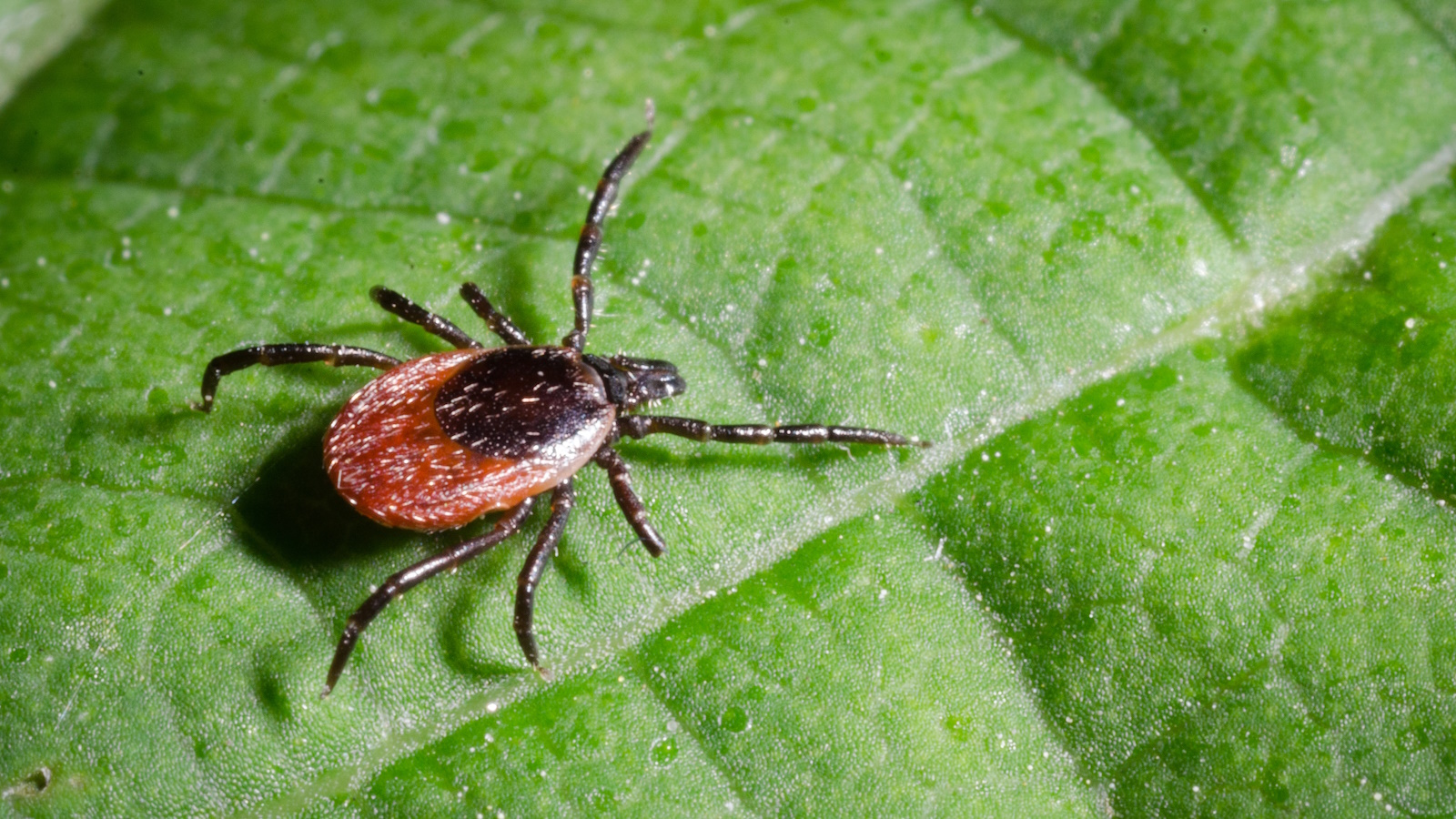

Ticks are one of those pests you want to avoid having in your yard to protect both family members and pets. These bloodsucking insects can pass on dangerous diseases from host to host when they latch onto skin.
One of the best methods for repelling ticks in your yard is choosing plants that these little critters are naturally deterred by. Like mosquito repellent plants and snail repellent plants, there are lots of plants that ticks can't stand - largely due to aromas that set off their sensitive sense of smell.
We've compiled an expert list of the best tick repellent plants, so that you can incorporate the right ones in your yard to protect others and yourself from the danger they pose.
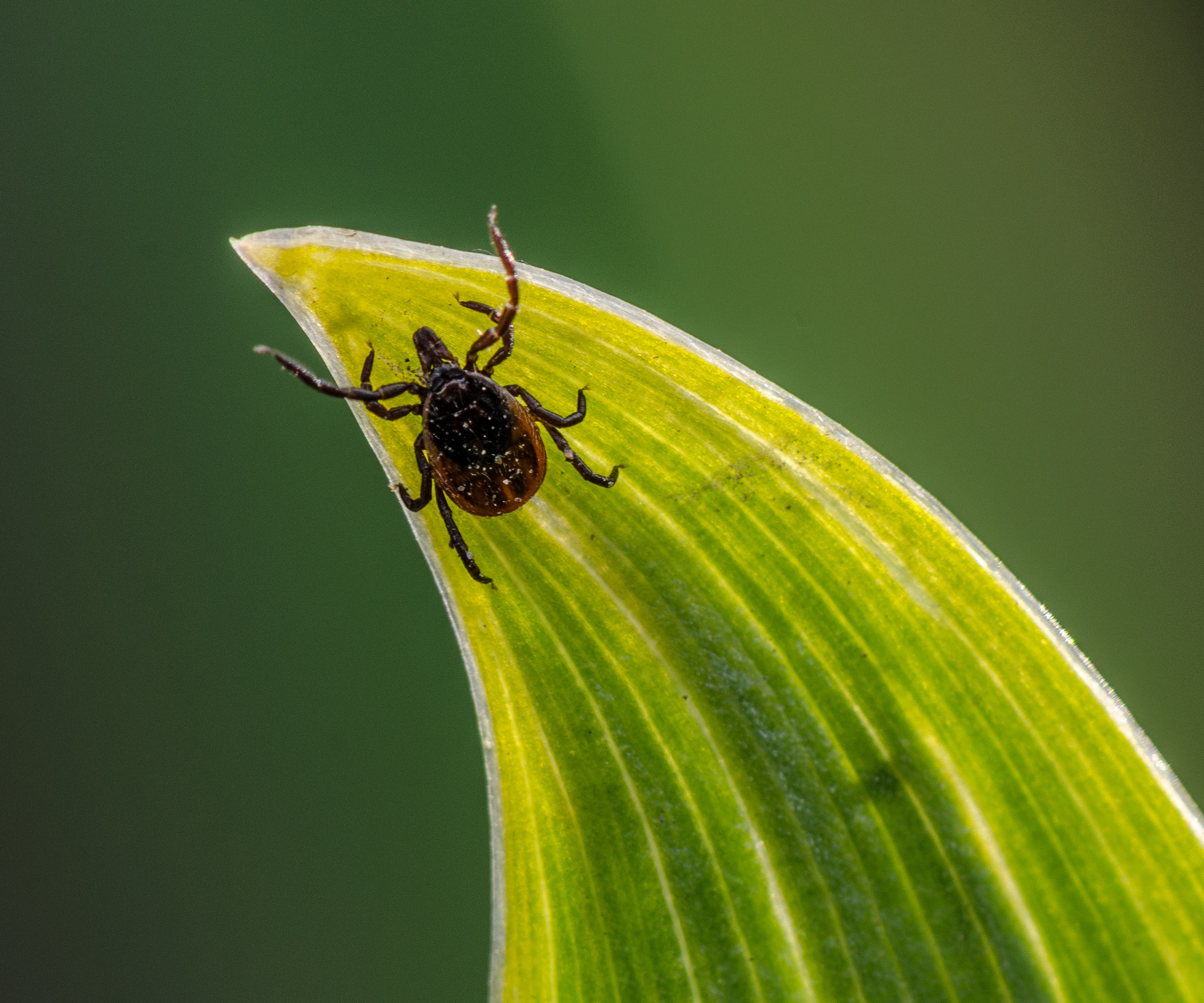
5 tick repellent plants
Keep ticks away from your yard by growing tick repellent plants. We spoke to experts and they said that these are the best plants for naturally deterring these pests and making your yard safe.
1. Rosemary
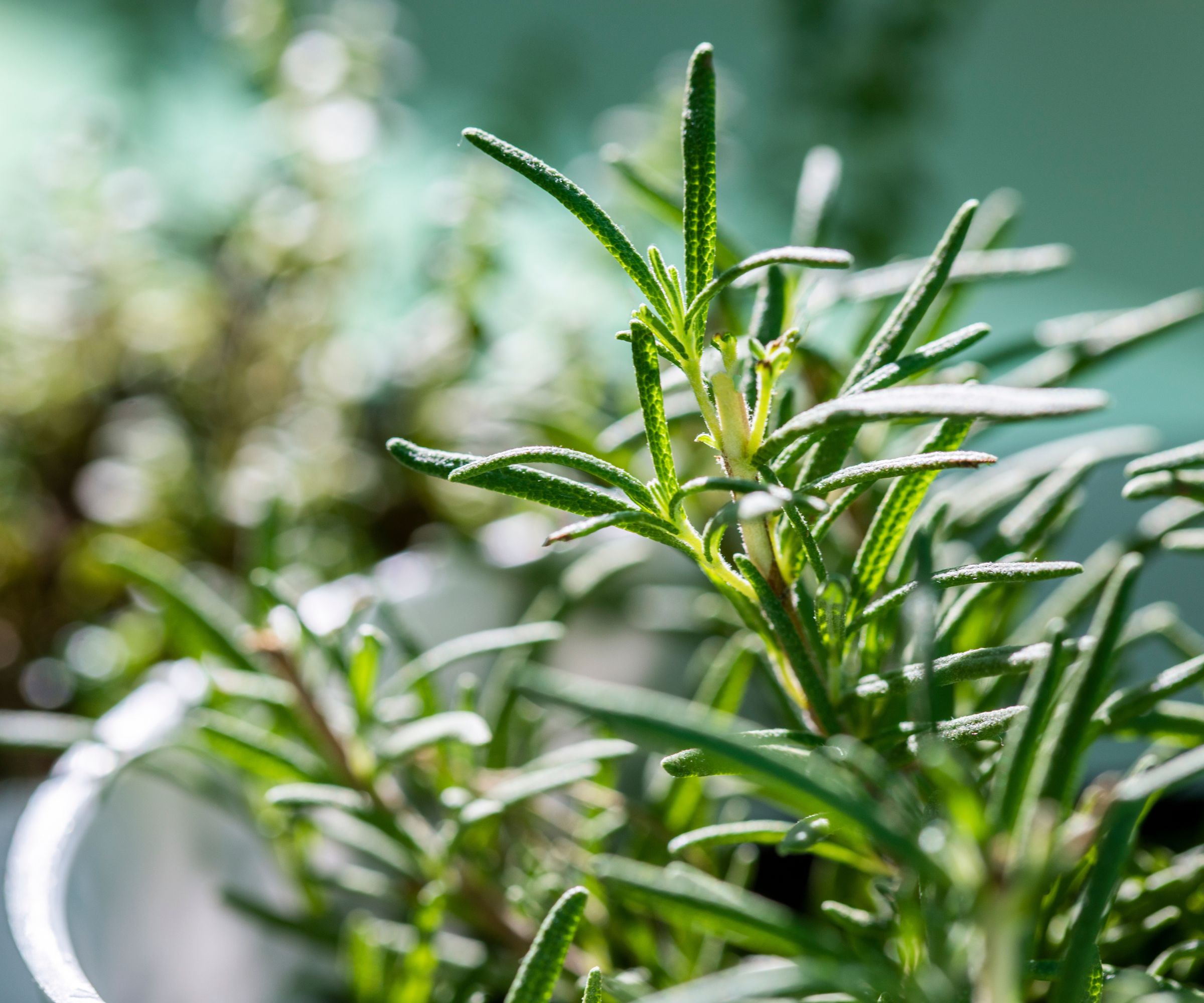
The best way to repel ticks is by designing a fragrant garden. Like many other pests, strong aromas are a natural deterrent and some of the most successful deterrent plants are aromatic herbs like rosemary.
'Rosemary is considered the most effective in repelling ticks. This is because it contains strong aromatic compounds such as camphor and cineole that disrupt the tick's sensory perception,' says Nicole Carpenter pest control expert and President of Black Pest Prevention.
'What makes rosemary more effective than other plants is its high concentration of these repellent compounds. To protect yourself from ticks, plant rosemary in areas where you spend a lot of time outdoors,' she adds.
Design expertise in your inbox – from inspiring decorating ideas and beautiful celebrity homes to practical gardening advice and shopping round-ups.
Rosemary does well across US hardiness zone 8 and zone 9, enjoying a full sun position best. It can be a good idea to grow rosemary around your outdoor living room or where children play to prevent any ticks latching on to any unsuspecting visitors in your yard.
You can find rosemary plants from supermarkets, like this rosemary plant from Walmart.

Nicole Carpenter started working at Black Pest Prevention when she was in high school. She continued working there while attending N.C. State University and is now the President. She advises on pest control in backyards and helps with pest control in Charlotte and serves both North and South Carolina.
2. Lavender

Another fragrant option, gardeners have long grown lavender to repel different pests - it's a great snake repellent plant, mouse repellent plant and tick repellent plant.
'Lavender essential oil has been proven to repel ticks. Thankfully, lavender is visually pleasing and provides a pleasant scent to humans, making it the perfect addition to a garden,' says Rocky Beninato, pest control expert and founder at Quality Affordable Pest Control.
Lavender is easy to grow, thriving in US hardiness zone 5 to zone 10. It enjoys plenty of sun and you should also keep on top of pruning lavender to encourage longer blooming and returning blooms.
Another bonus is that lavender is a great plant for pollinators and choosing to have this plant in your yard will bring plenty of bees and butterflies, while keeping ticks away.
Find lavender plants online, like this Grosso Lavender from Nature Hills.

Rocky is the founder and certified exterminator at Quality Affordable Pest Control based in Toronto and the surrounding areas.
3. Chrysanthemums
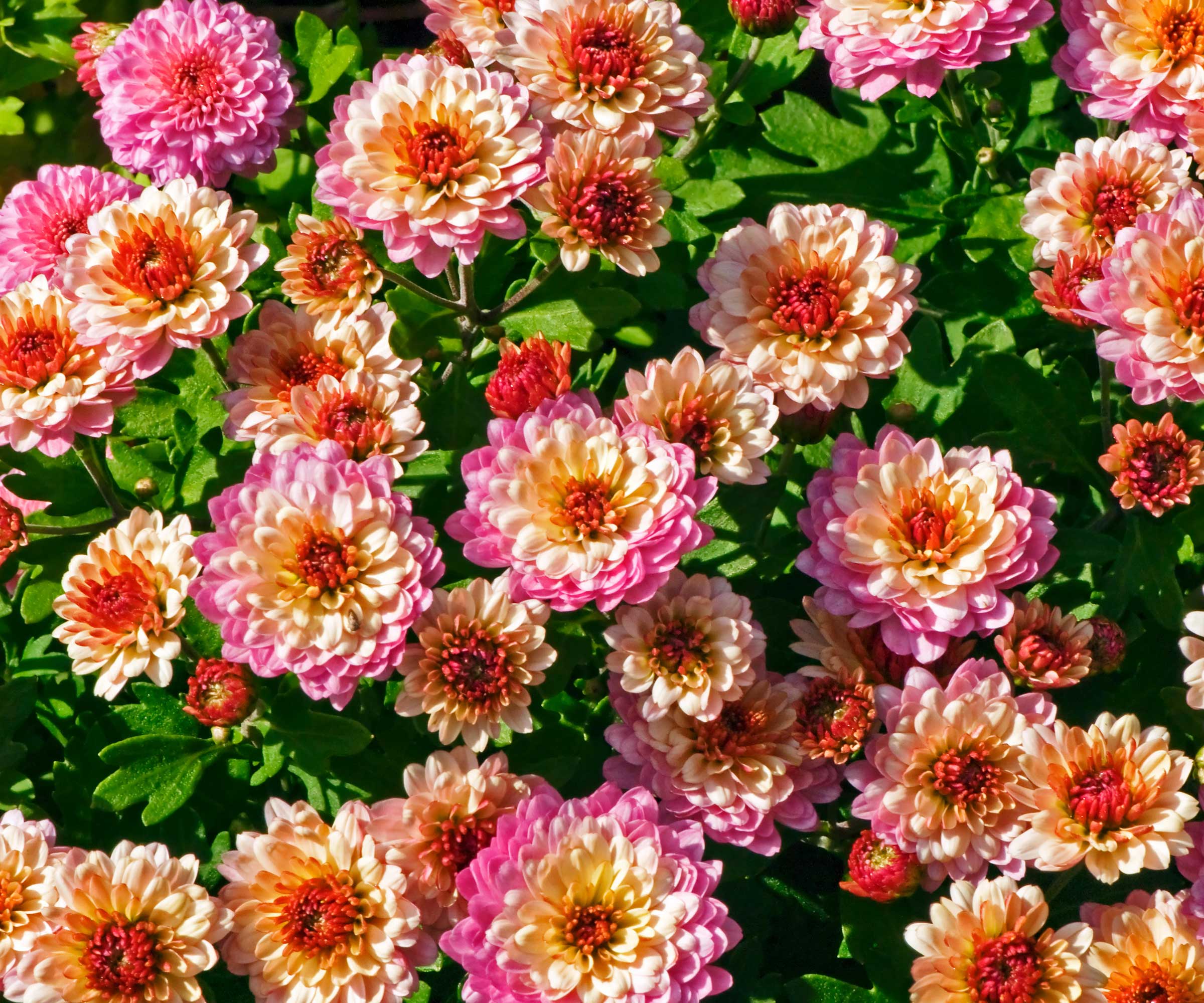
It's a known fact that chrysanthemums can deter ants and other insects, thanks to its natural repellent qualities.
'Chrysanthemums contain pyrethrum, an ingredient often used in natural insect repellents,' says Nicole. 'Pyrethrum in chrysanthemums works on a chemical level and affects the nerve cells of ticks, which leads to loss of coordination and paralysis of the tick,' she adds.
Growing chrysanthemums is straightforward, so long as they are grown in a sunny spot and maintain a happy moisture level. These beautiful flowers thrive in US hardiness zone 5 to zone 9 and can be grown from seed, like with these chrysanthemum seeds from Amazon.
You can also keep chrysanthemums blooming for longer by deadheading them and providing optimal care - this way you will have a colorful display through spring and fall that keeps your yard free of ticks.
4. Marigolds
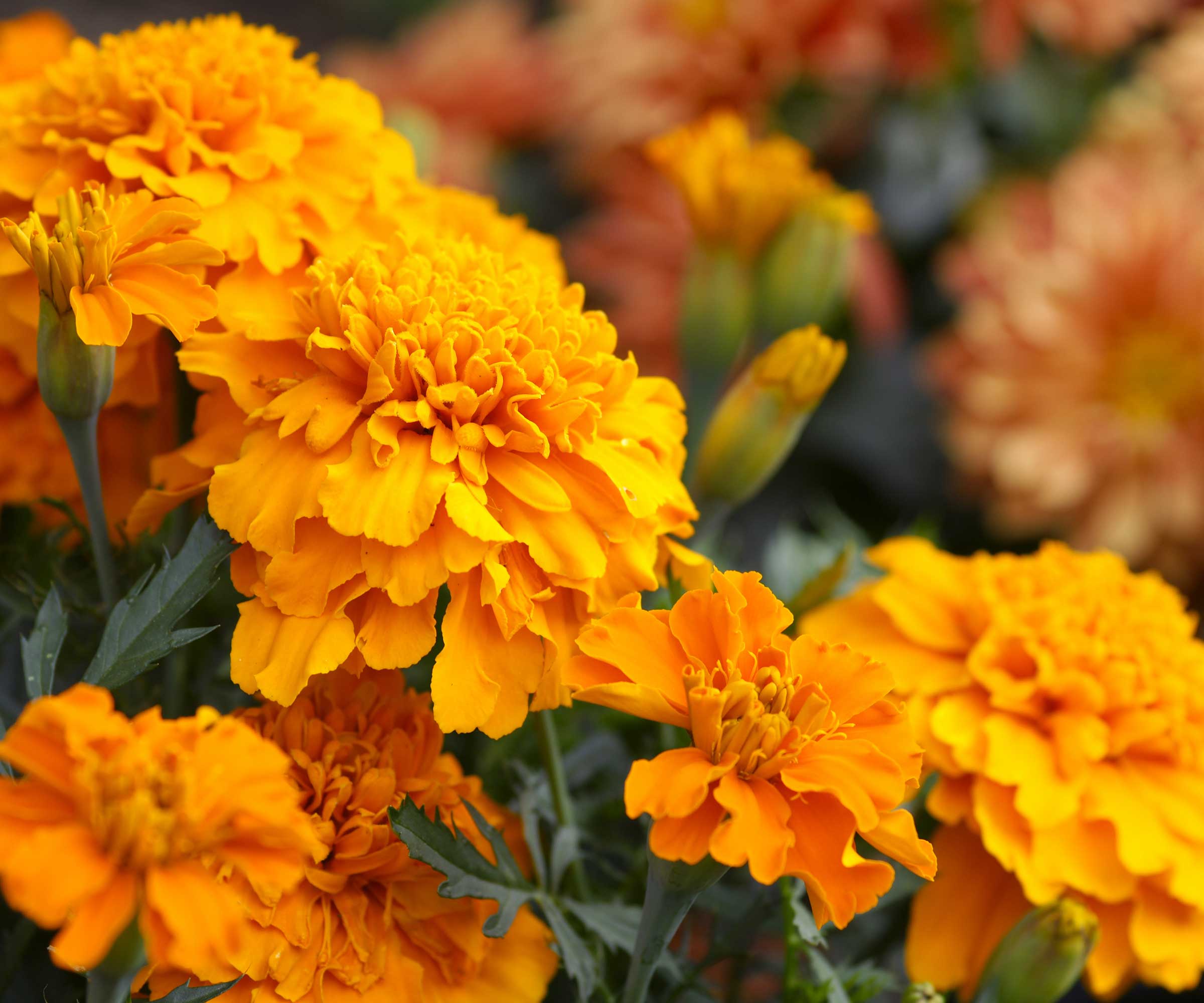
Another flower that is known to deter pests, are marigolds. Marigolds keep bugs away due to their strong fragrance, making them one of the best pest repellent plants.
'Marigolds have a strong scent that deters ticks and also contain terpenes, thiophenes and pyrethrins, which are known for their insect repellent properties. Ticks avoid areas planted with marigolds,' notes Nicole.
It can be a good idea to grow marigolds in the areas of your yard that you use most to deter ticks, as well as planting marigolds in your vegetable garden to protect crops from other pests.
Marigolds will bloom from spring to fall, thriving in US hardiness zone 2 to zone 11. Provide them with a sunny position and make sure to deadhead marigolds after flowering to encourage continuous display.
Try growing marigolds with this marigold grow kit from Nature Hills.
5. Lemongrass

If you want to create a tick repellent barrier, growing lemongrass is an effective solution. This scented herb can grow to around 3 feet tall and gives off strong citrus smell that drives ticks away,
'Lemongrass, just like citronella grass, lemon balm and lemon eucalyptus, contains citronella, a compound that is effective in repelling ticks,' says Nicole.
It's also among the best wasp repellent plants and you can harvest lemongrass to cook with. It grows best in US hardiness zone 10 and 11 and is a valuable addition to herb gardens. You can also try planting it among ornamental grasses for privacy to create garden screening.
Find lemongrass plants online, like these lemongrass plants from Walmart.
FAQs
How do I protect my yard from ticks?
There are a number of things you can to do repel ticks in your yard. As well as growing tick repellent plants, you can cut back your lawn to remove hiding spots for ticks, use tick repellent sprays and create barriers. If you think you might have a tick problem in your yard, the best thing to do is seek pest control help and check that anyone and any pets who have been in your yard doesn't have ticks on them.
Growing tick repellent plants is an effective way to naturally deter these pests from your yard. The strong scents of certain plants is too much for ticks to handle and will steer them away. If you think you might have a tick problem in your yard, you might find our expert guide on why ticks are in your yard helpful.

Tenielle is a Gardens Content Editor at Homes & Gardens. She holds a qualification in MA Magazine Journalism and has over six years of journalistic experience. Before coming to Homes & Gardens, Tenielle was in the editorial department at the Royal Horticultural Society and worked on The Garden magazine. As our in-house houseplant expert, Tenielle writes on a range of solutions to houseplant problems, as well as other 'how to' guides, inspiring garden projects, and the latest gardening news. When she isn't writing, Tenielle can be found propagating her ever-growing collection of indoor plants, helping others overcome common houseplant pests and diseases, volunteering at a local gardening club, and attending gardening workshops, like a composting masterclass.